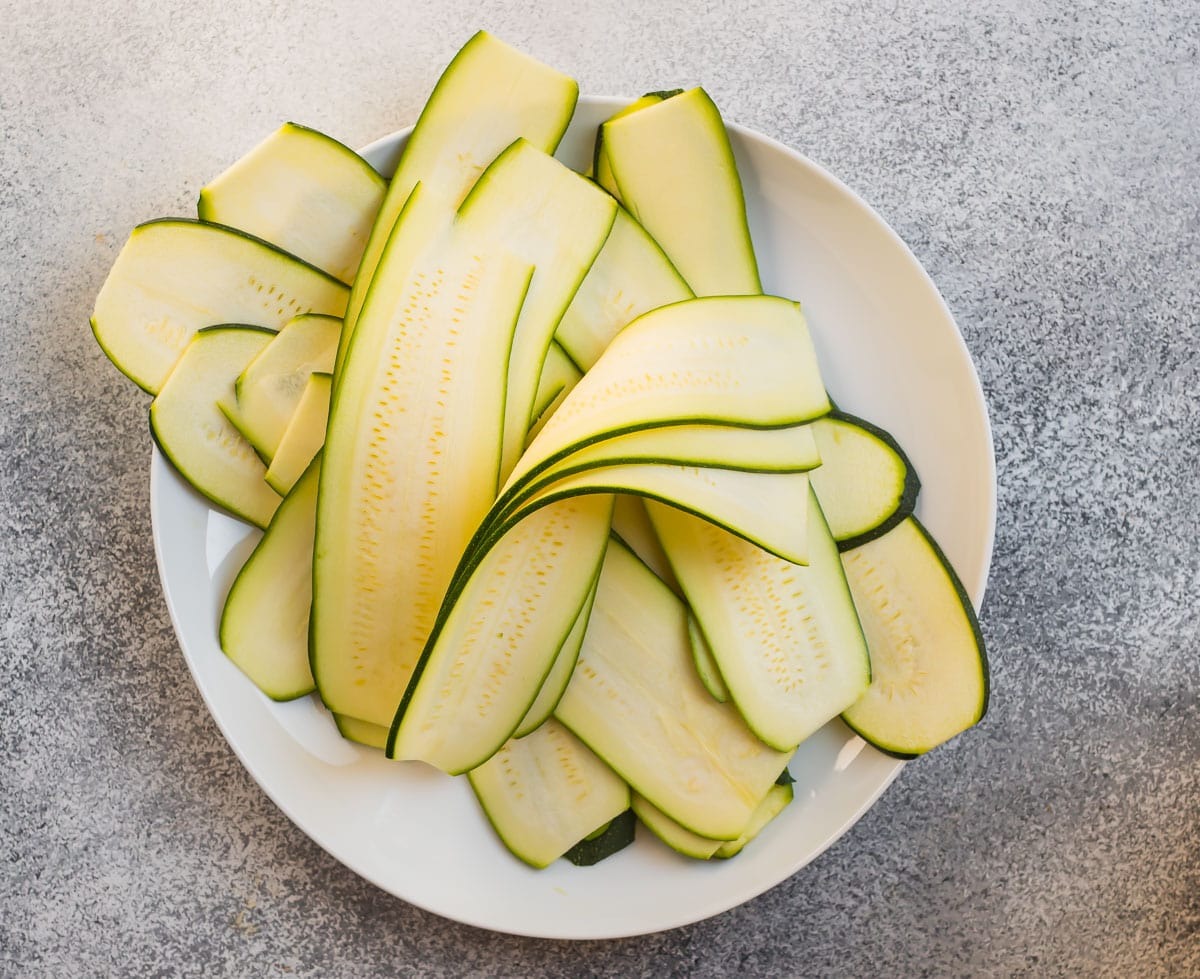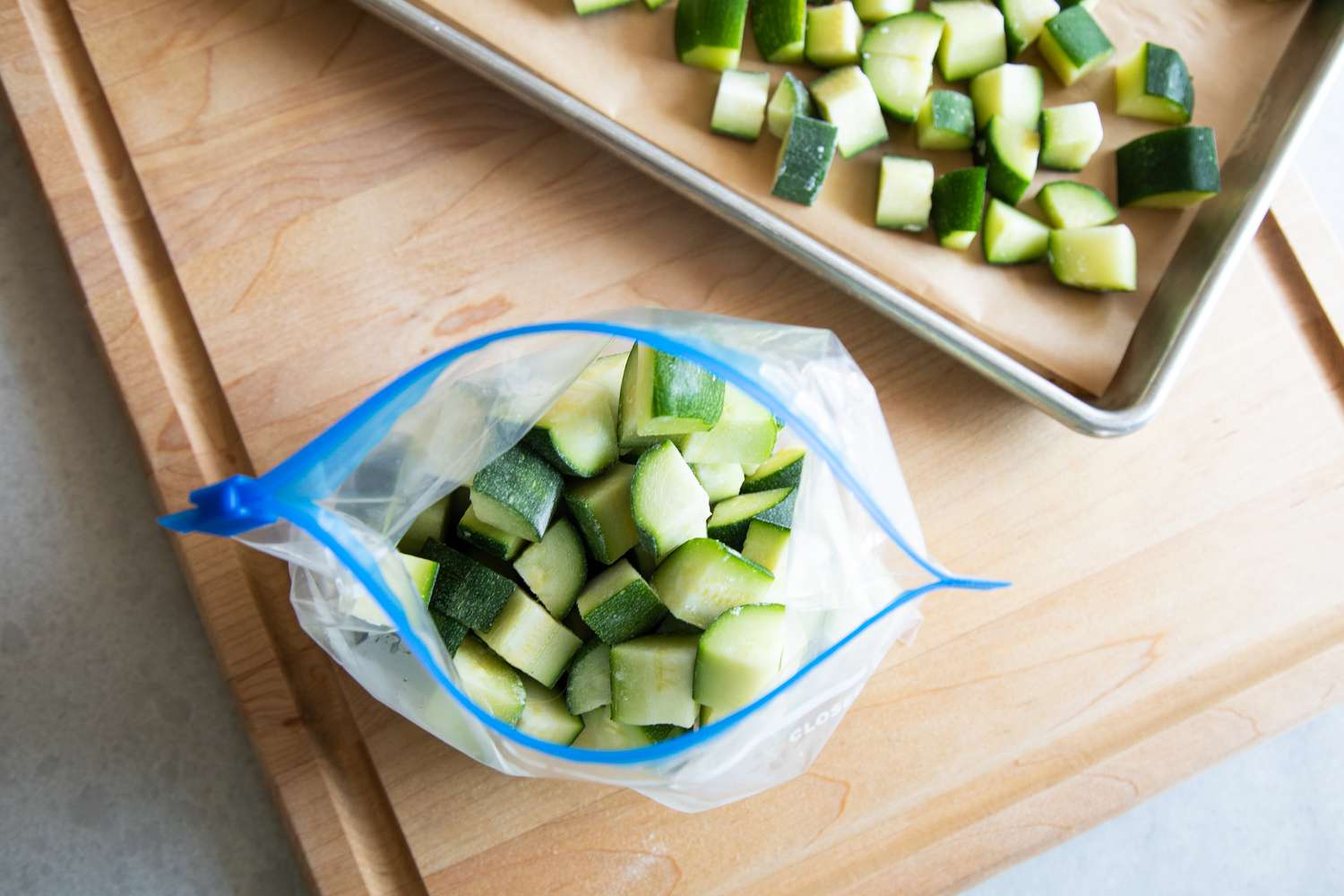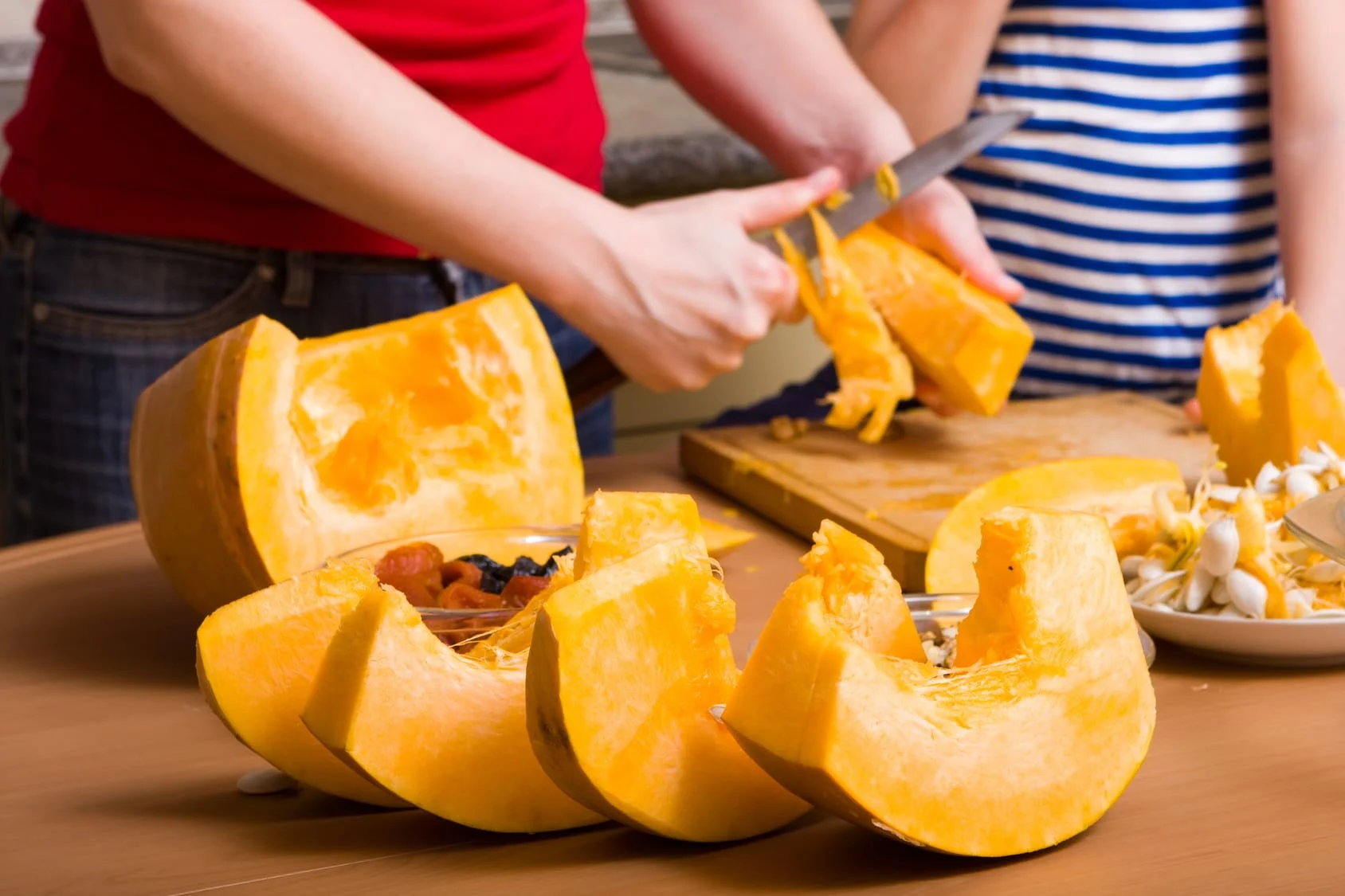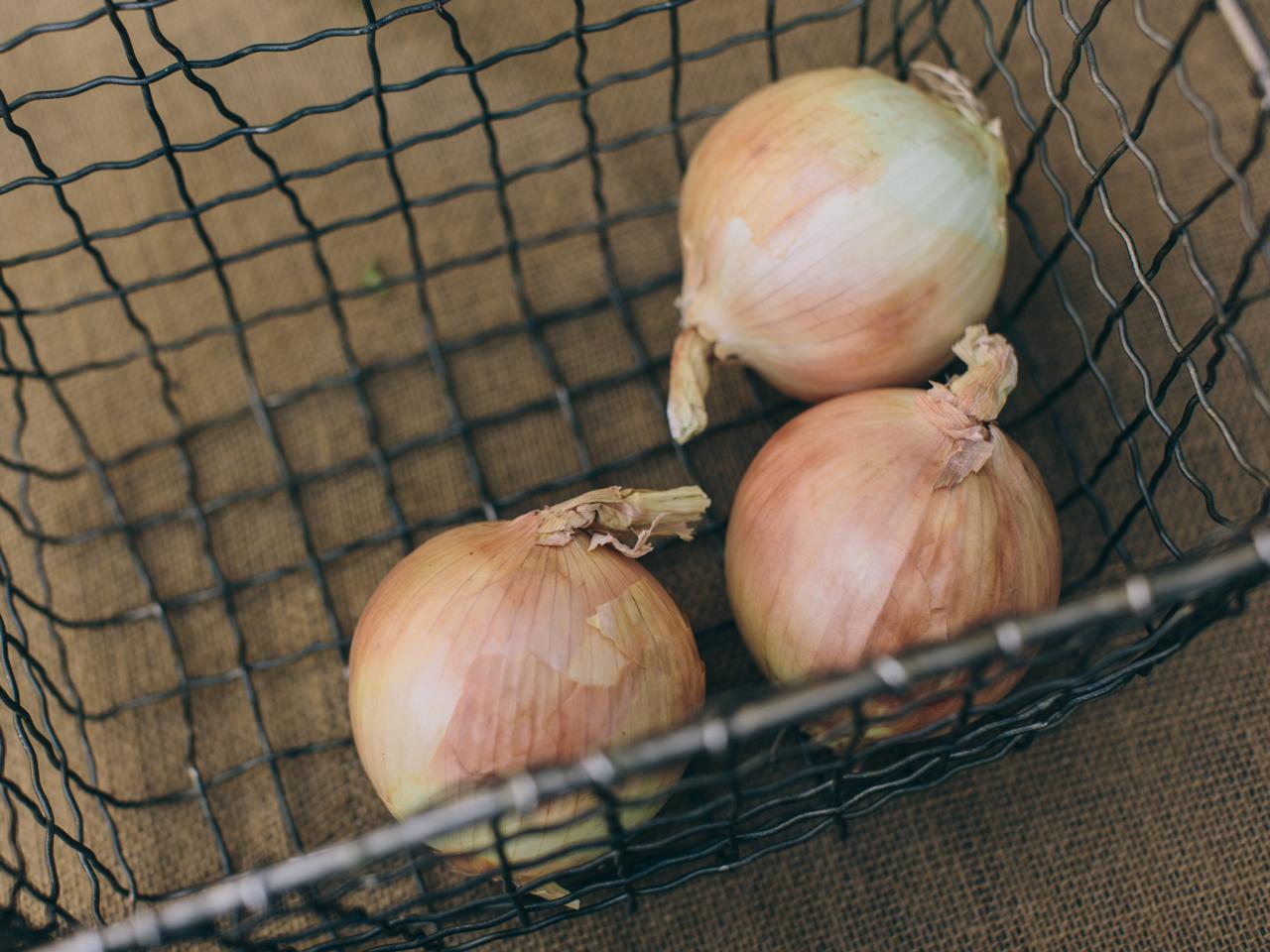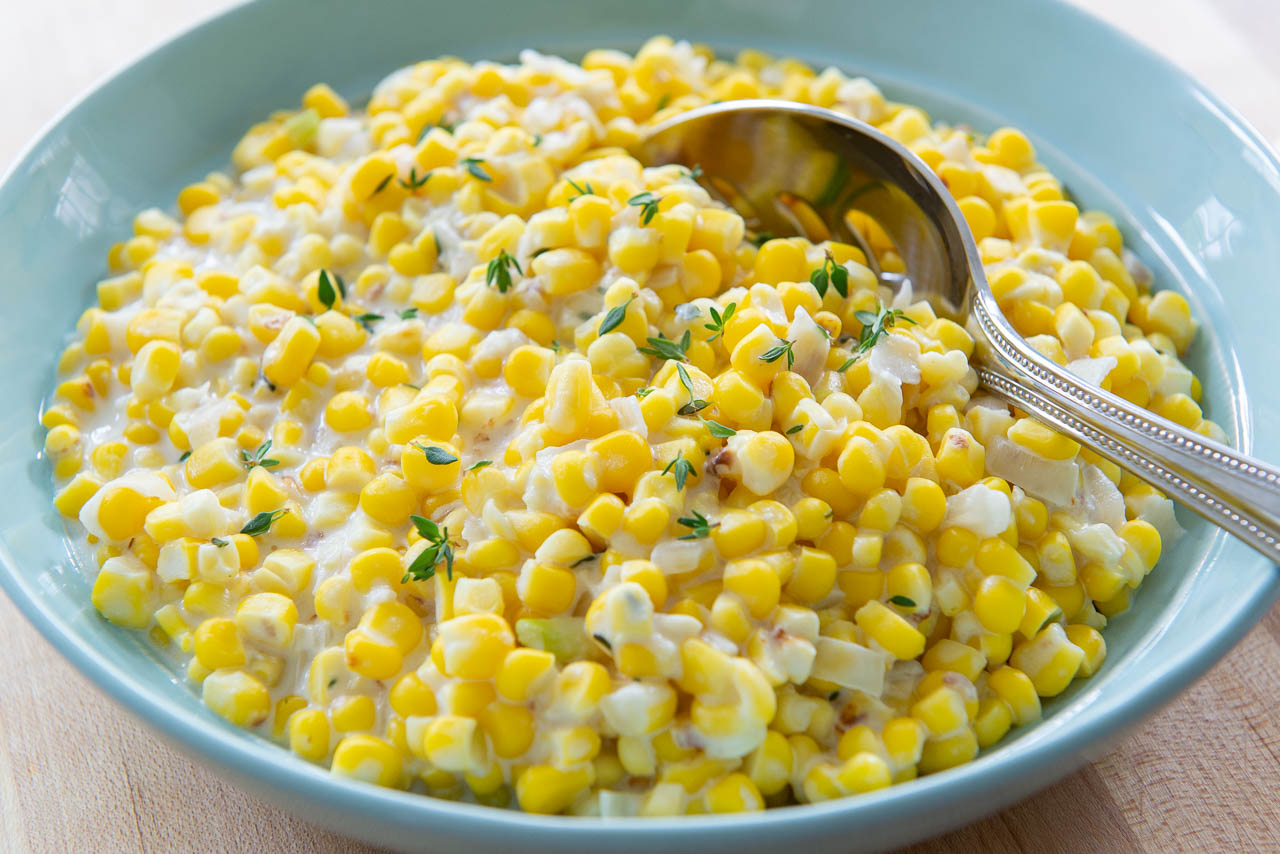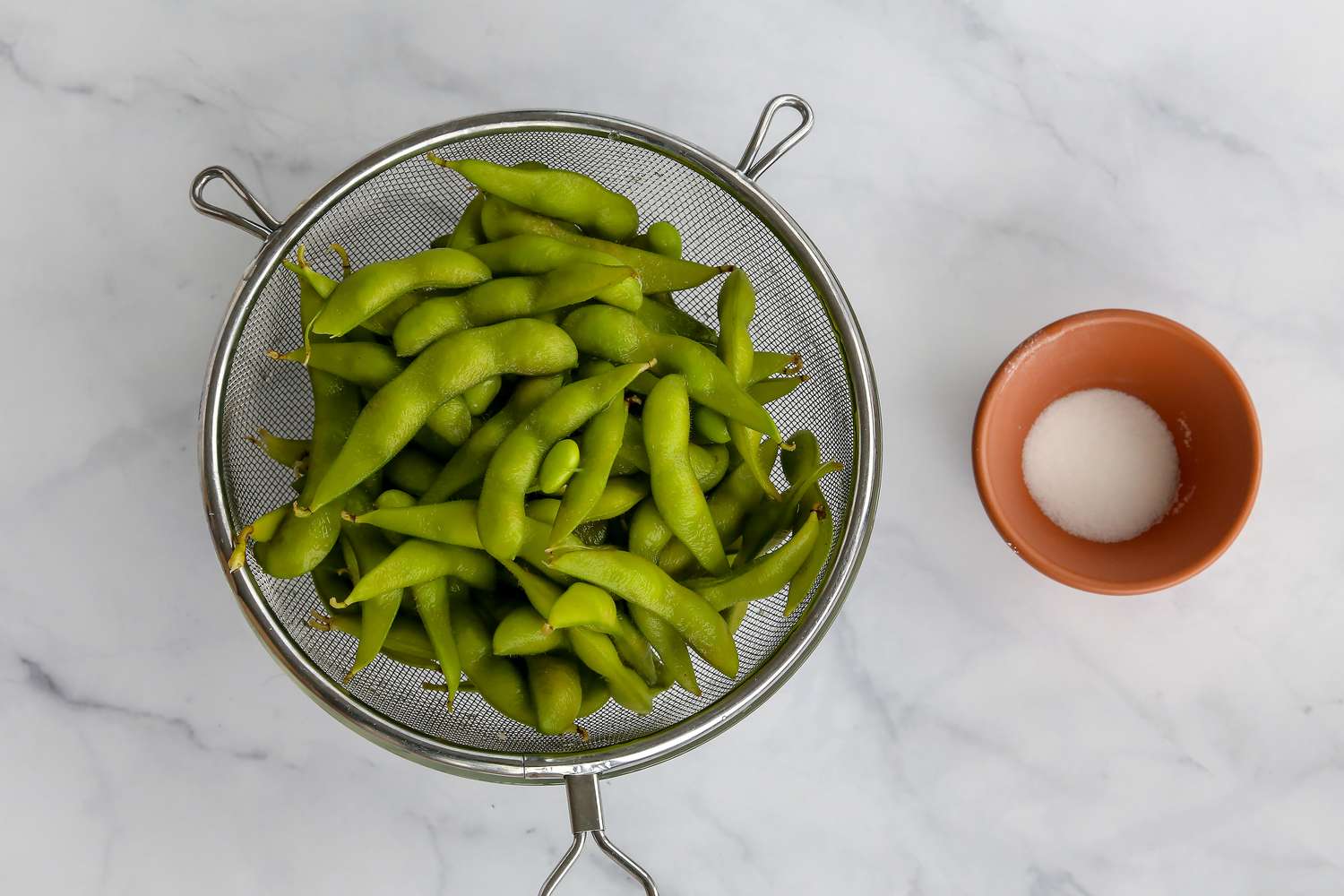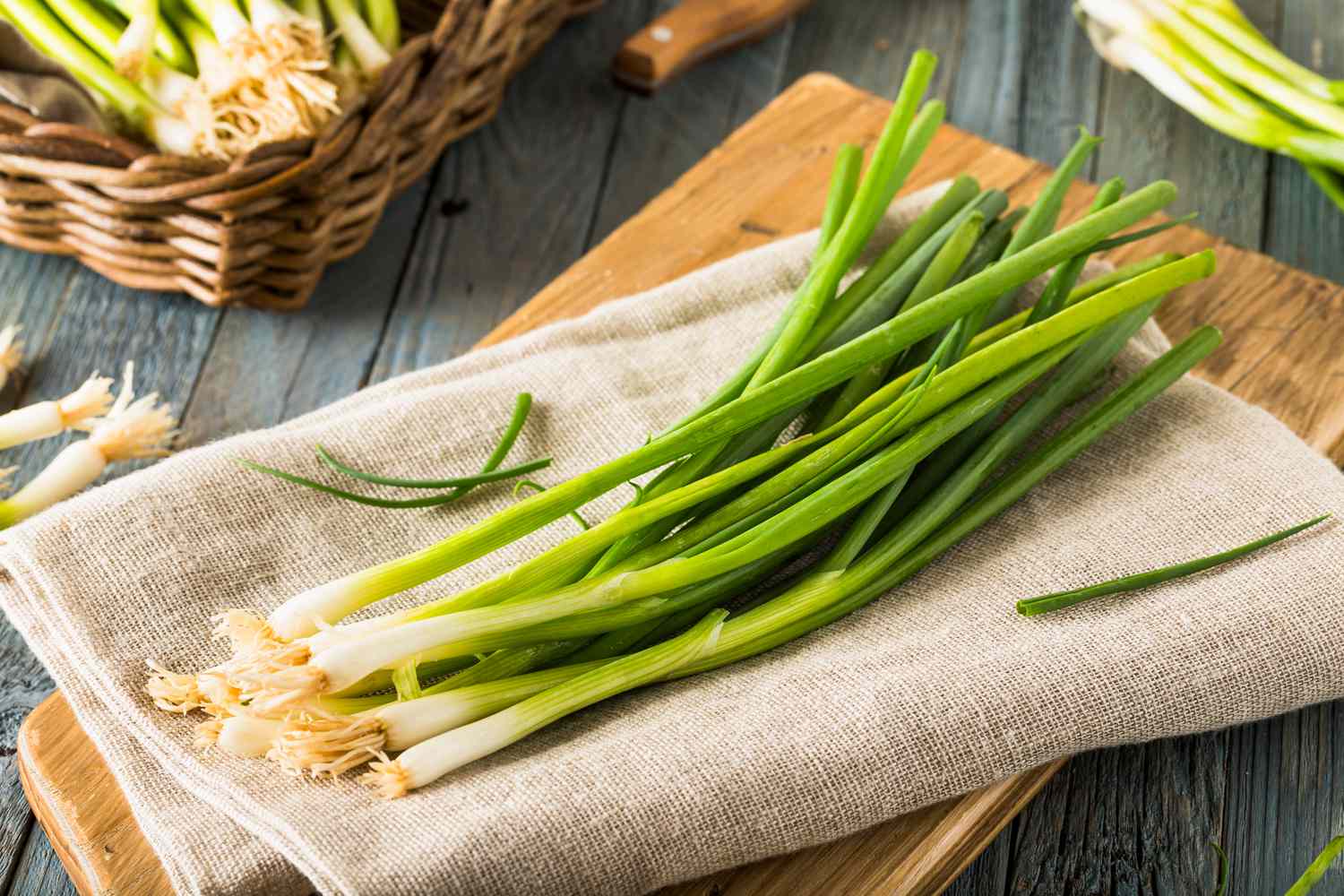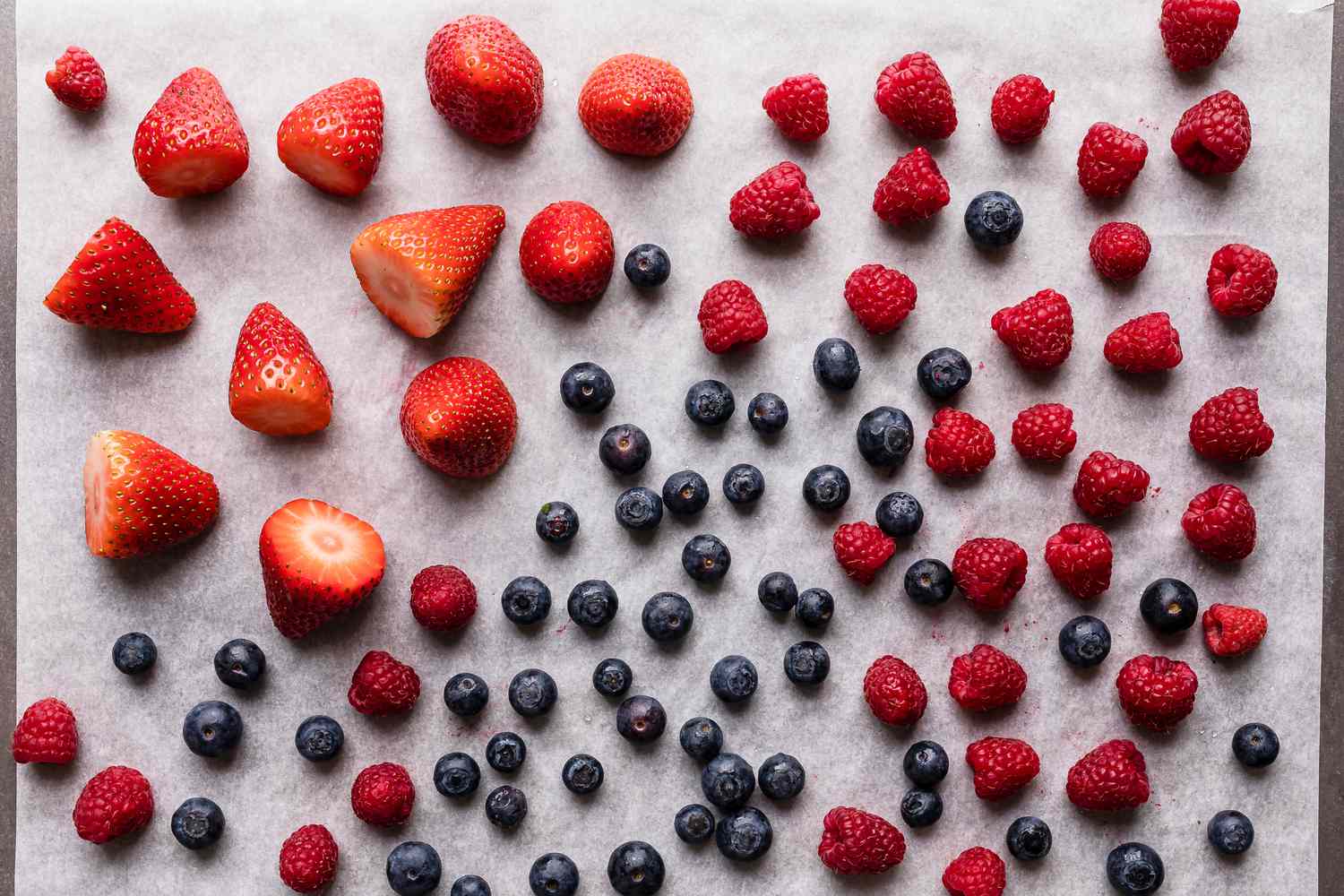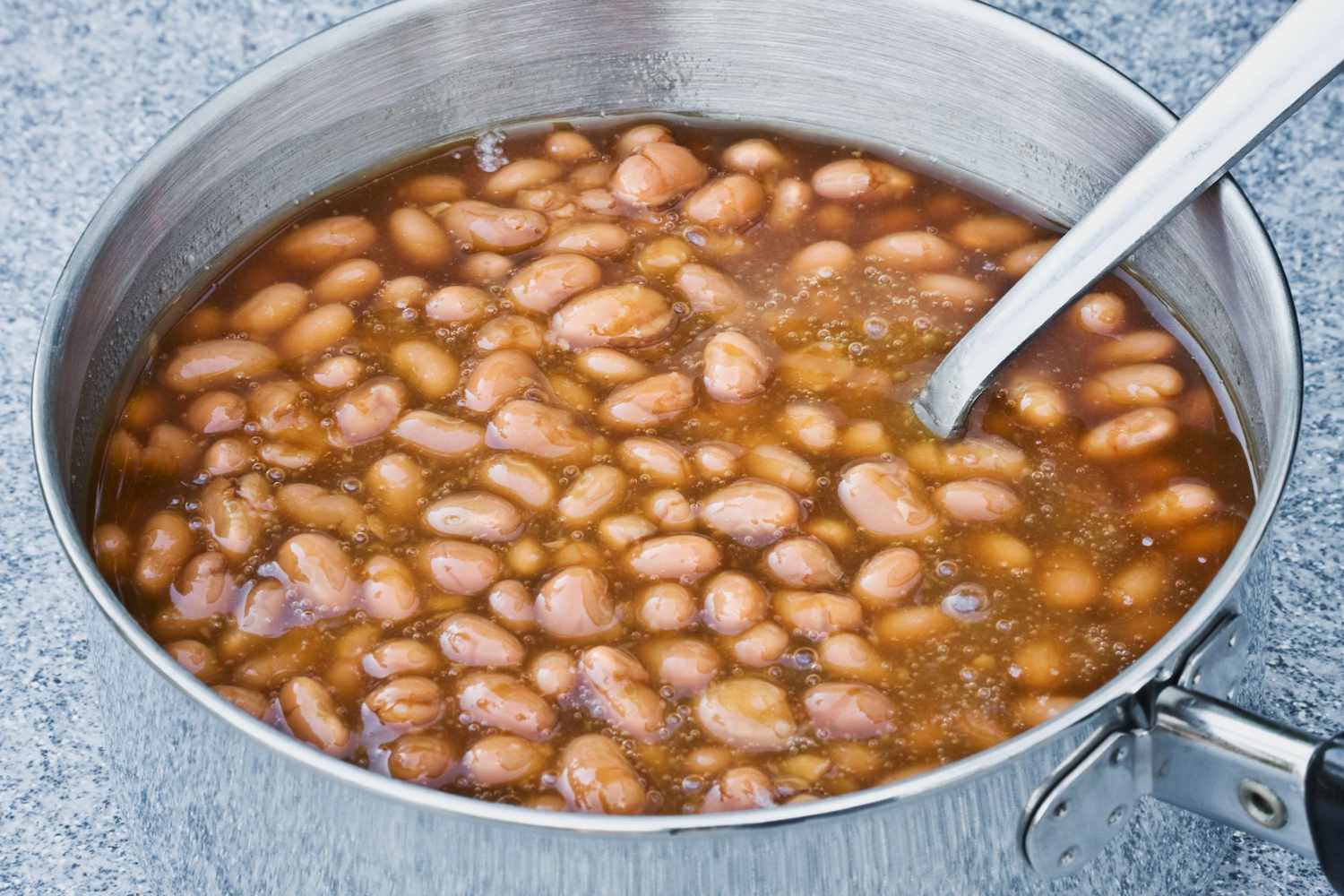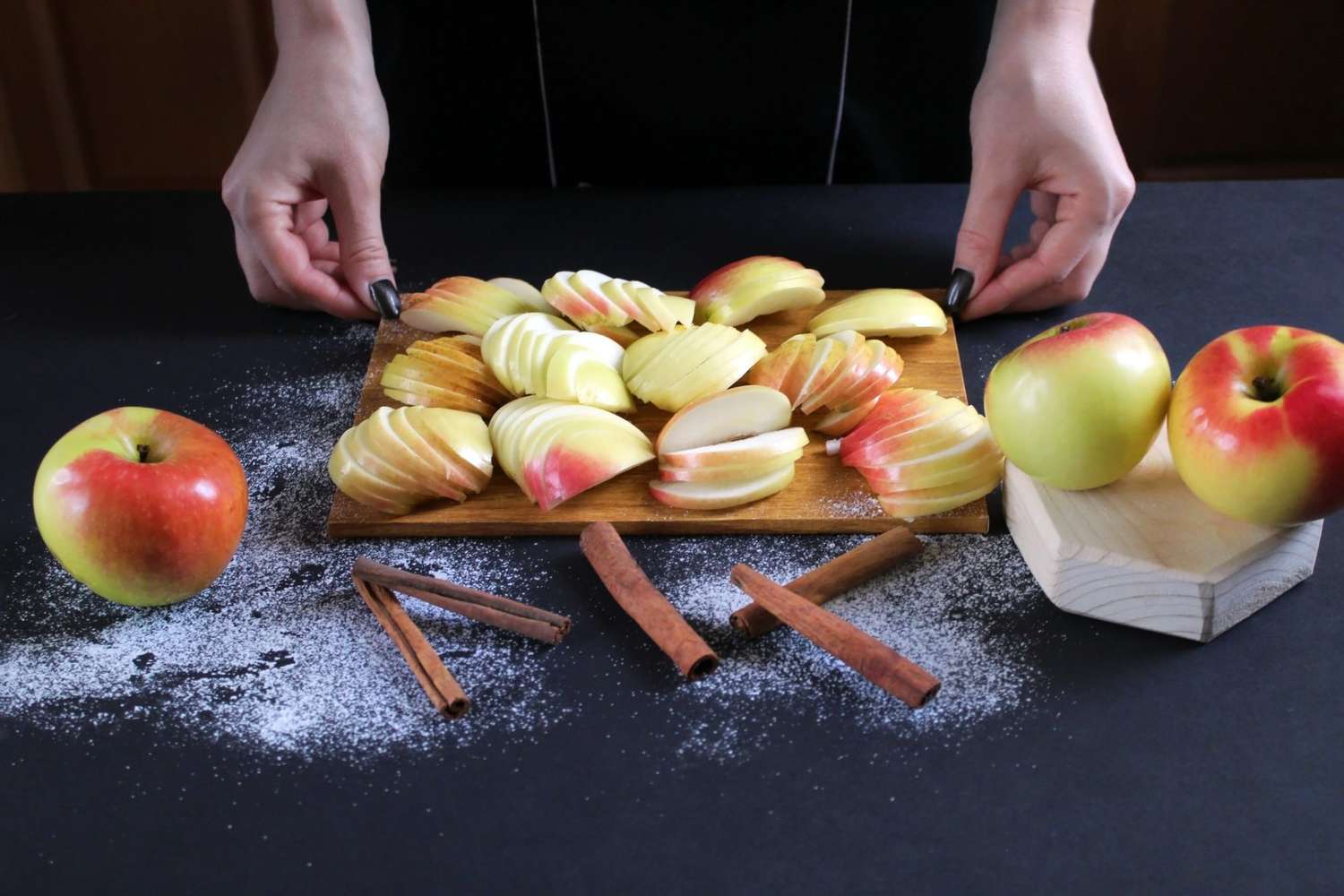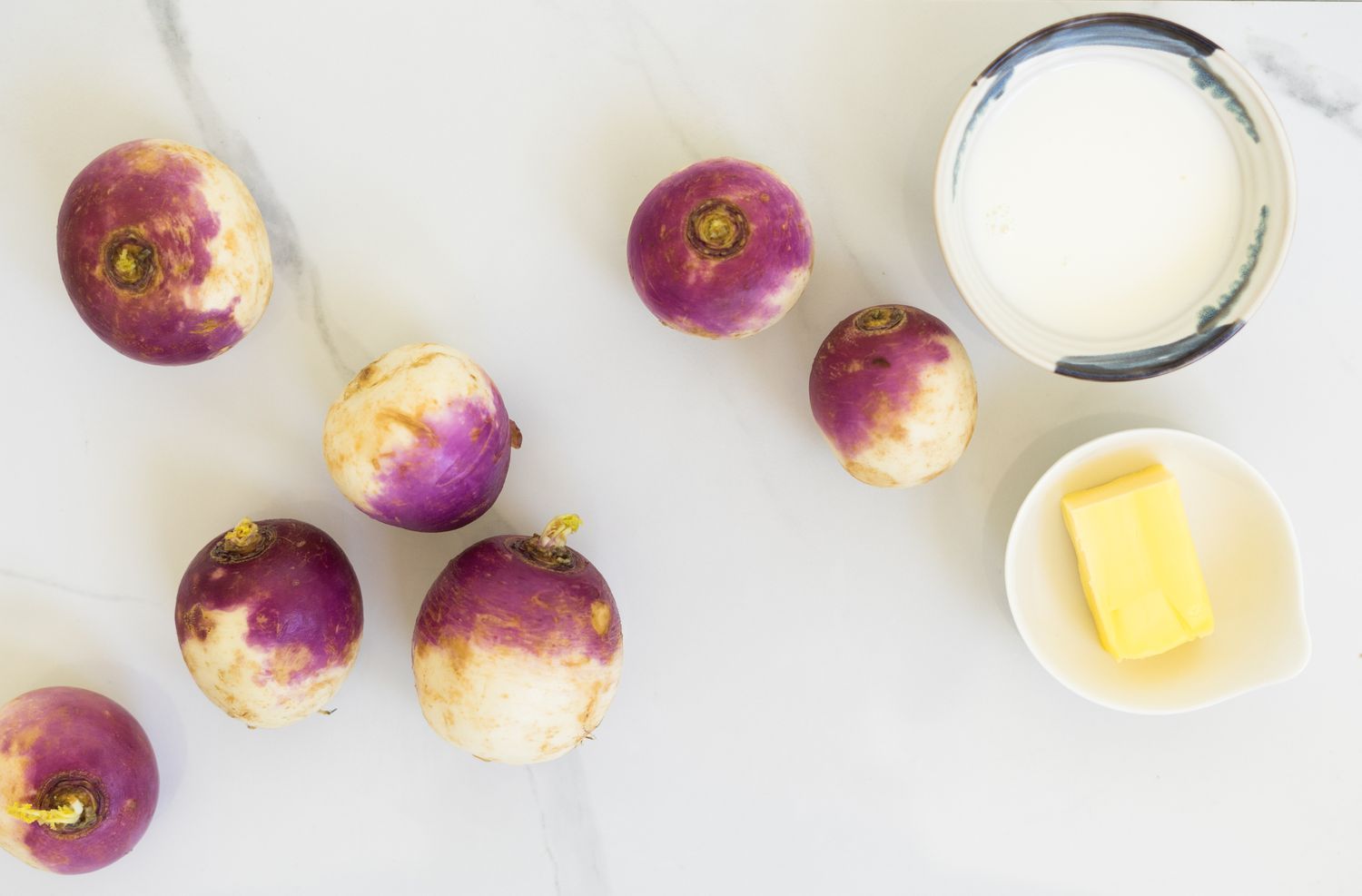Blanching zucchini is a simple, yet effective way to prepare this versatile vegetable for a variety of dishes. Whether you're looking to freeze them for later use, add to salads for a crisp texture, or prepare for a stir-fry, blanching helps preserve their vibrant color, texture, and nutrients. This quick-cooking method involves briefly boiling zucchini slices and then plunging them into ice water to halt the cooking process. Perfect for both novice and experienced cooks, mastering blanching can elevate your culinary creations. Let's walk through the steps to blanch zucchini, ensuring you get the best results every time.
Gather Your Ingredients
- Fresh zucchini
- Salt
- Ice
- Water
Essential Tools for the Task
- Large pot
- Slotted spoon
- Bowl filled with ice water
- Knife
- Cutting board
- Colander
- Kitchen towel or paper towels
Blanching zucchini preserves its vibrant color, crisp texture, and nutrients. Simply boil for 1-2 minutes, then plunge into ice water. Perfect for salads, freezing, or quick cooking later on.
The Importance of Blanching Zucchini
Blanching zucchini is a simple technique that preserves its vibrant color, crisp texture, and nutritional value. This process involves briefly cooking slices or pieces in boiling water, then immediately cooling them in ice water. Such a method stops the cooking process, ensuring zucchini remains perfect for salads or freezing for later use.
Why we do it? Blanching not only enhances zucchini's appeal in dishes but also deactivates enzymes that could lead to spoilage. This extends shelf life, making it a practical choice for meal prep or preserving garden harvests. Plus, it prepares zucchini for further cooking or freezing, maintaining its quality and flavor.
Your Step-by-Step Blanching Guide
How To Blanch Zucchini
-
Wash Zucchini: Begin by thoroughly washing your zucchini under cold water. Make sure to remove any dirt or debris.
-
Prepare Zucchini: Next, cut the zucchini into your desired shape and size. Common cuts include slices, cubes, or strips.
-
Boil Water: In a large pot, bring water to a rolling boil. Add a pinch of salt to the water to enhance the zucchini's flavor.
-
Prepare Ice Bath: While waiting for the water to boil, prepare an ice bath. Fill a large bowl with ice and cold water. This will be used to stop the cooking process immediately after blanching.
-
Blanch Zucchini: Once the water is boiling, carefully add the zucchini pieces. Let them boil for 1-2 minutes. For thinner slices, lean towards 1 minute. For thicker pieces, 2 minutes might be necessary.
-
Test for Doneness: Check a piece of zucchini to ensure it's slightly softened but still crisp. It should not be mushy.
-
Transfer to Ice Bath: Using a slotted spoon, quickly transfer the blanched zucchini from the boiling water to the ice bath. This halts the cooking process and preserves the vibrant green color.
-
Drain Zucchini: After the zucchini has cooled in the ice bath for a few minutes, drain it well. Remove as much excess water as possible to avoid sogginess.
-
Dry Zucchini: Lay out the blanched and cooled zucchini on a clean kitchen towel or paper towels. Pat them dry gently to remove any remaining water.
-
Use or Store: Your blanched zucchini is now ready to be used immediately in salads, stir-fries, or other dishes. Alternatively, you can store it in an airtight container in the fridge for a few days or freeze for longer storage.
Mastering the Art of Blanching Zucchini
Blanching zucchini is a simple yet effective technique to preserve its vibrant color, crisp texture, and nutritional value. Whether you're prepping veggies for a stir-fry, freezing them for future use, or just looking to add a quick, healthy side to your meal, mastering this method can elevate your cooking game. Remember, key steps include washing and slicing your zucchini, boiling water with a pinch of salt, immersing the slices for a brief moment, and then plunging them into ice water to halt the cooking process. Drying them well ensures they're ready for whatever culinary adventure awaits. With this skill in your arsenal, you're well-equipped to tackle a variety of dishes, ensuring your zucchini is always at its peak of perfection. Give it a try and see how it transforms your vegetable dishes!
Blanching zucchini is a fantastic technique that can elevate a variety of dishes. For those looking to try their hand at some delicious recipes, they might start with Zucchini Stir-Fry with Garlic and Soy Sauce, which brings out the natural flavors of the zucchini, making it the star of the dish. Another great option is Creamy Zucchini Soup; the blanching process helps maintain the vibrant color and smooth texture, perfect for a comforting bowl. If pasta is more your style, Zucchini and Tomato Pasta Primavera offers a fresh and light option that pairs beautifully with the blanched zucchini. For something a bit more hearty, Zucchini and Lentil Stew is a nutritious and filling option where blanched zucchini absorbs the rich flavors of the stew. Finally, Zucchini and Pine Nut Pesto is a unique twist on a classic, where blanched zucchini adds a delightful texture to the creamy pesto, making it a must-try for any zucchini lover.
All Your Questions Answered
What does blanching mean?
Blanching is a cooking process where you briefly plunge vegetables into boiling water, then immediately transfer them to ice water. This method stops the cooking process, preserving the zucchini's vibrant color, crisp texture, and nutrients.
Why should I blanch zucchini?
Blanching zucchini is a fantastic way to prepare it for freezing, as it helps maintain its quality. It's also a great step before adding zucchini to salads or other dishes where you'd like it to remain crisp and bright.
How long does zucchini need to be blanched?
Typically, zucchini should be blanched for about 1-2 minutes. Any longer, and you risk making it too soft, losing that delightful crunch.
Do I need special equipment to blanch zucchini?
Not really. You'll need a pot large enough for water to boil, a slotted spoon or tongs for safe handling, and a bowl of ice water. That's about it!
Can I blanch other vegetables the same way as zucchini?
Absolutely! While the blanching time might vary depending on the vegetable, the basic process remains the same. It's a versatile technique that works wonders for a variety of veggies.
What should I do with zucchini after blanching?
After blanching, you can freeze it for later use, incorporate it into salads, or proceed with cooking it in your recipe. Blanching makes zucchini more versatile and ready for whatever dish you have in mind.
Is blanching necessary for all zucchini dishes?
Not for all, but for some. If you're making a dish where you prefer softer zucchini or if you're going to cook it thoroughly anyway, blanching might not be needed. It's more about your texture preference and how you plan to use the zucchini.

